Smith Performance Center Blog
Your Trusted Physical Therapy and Strength Training Blog for Injury Rehab and Pain Management
Welcome to the physical therapy blog from Smith Performance Center—your source for expert guidance on injury recovery, pain management, strength training, and sustainable health habits. Whether you’re managing chronic pain, recovering from surgery, or building long-term fitness, our team shares actionable strategies backed by clinical experience and real-world success. Stay up to date with new posts on rehab phases, movement progression, exercise programming, and the science behind making healthcare work for you.

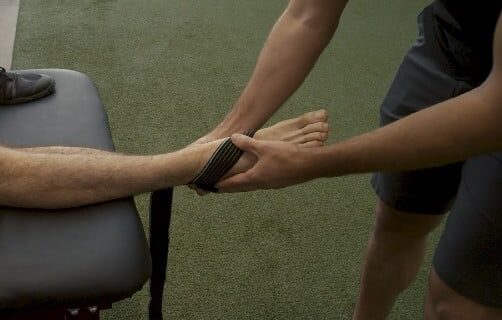
The 4 Unique Training Variables Used By Our Team To Improve Workout Success
Creating a single, hard workout is easy. Creating a series of workouts that improve your overall fitness is not. Creating a true program that builds your skill set, builds your confidence, and adjusts for soreness or an emerging injury is extremely difficult. In the same vein, it is not hard to develop a physical therapy exercise list that targets a single problem, like glute inhibition. It is much harder to progress post-injury using strength training when we need to push the edge of the tissue capacity. Programming a workout needs to consider numerous, modifiable variables. Remember a modifiable variable is anything you can change in the workout to optimize the training session and the overall programming scheme. At a minimum, you need to consider intensity,

Total Knee Case Study: Why You Need A Structured Rehab Process
A structured rehab process that ultimately targets a full return to activity is missing in healthcare. Patients struggling with pain are treated as if they are all the same. We believe there are common, big problems to address, but there is a high degree of uncertainty with every patient presentation. Even when a patient has the same diagnosis they can have different triggers, different contributing factors, different behaviors, and drastically different needs in the rehab process. This is true when patients have the same surgery by the same surgeon. Let me use an example with a straightforward rehab plan; post-total knee replacement. The Painful Total Knee Replacement Peter Pain had a total knee replacement. He has always been active and handles pain well but this
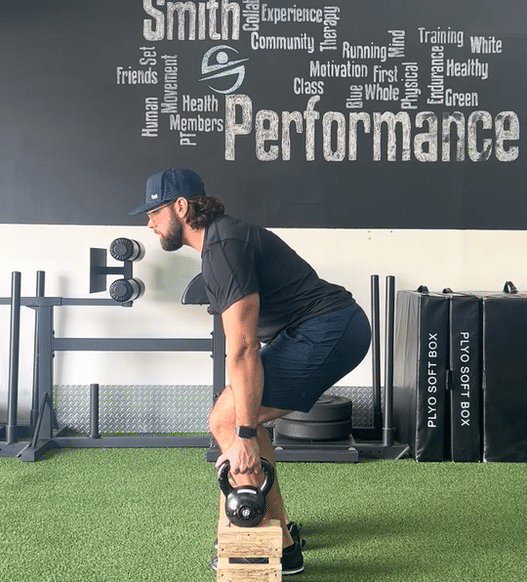
The 5 Common Modifiable Variables For Programming A Great Workout and Program
There are numerous modifiable variables in an exercise program that you can use to improve your workout experience, increase effectiveness, and make the workout more fun. A Modifiable Variable is anything you can manipulate in a workout program (which is literally everything) to change the challenge. It includes exercise choice, movement patterns, exercise pool, alternative exercises available, sets, reps, intensity, rest breaks, prep exercises, warm-up, exercise order, recovery activity, support exercises based on body response, and workout frequency. Our Team believes the most important initial modifiable variable is exercise choice, which is often not used well. This is one of the reasons we start with a movement assessment. But all of these variables are important and have a huge impact on your experience and the
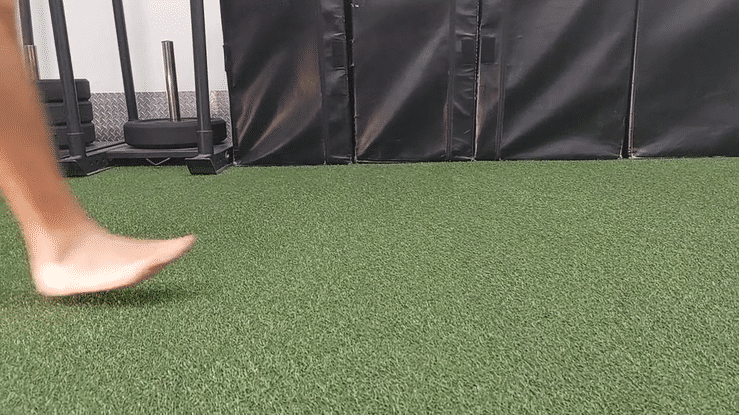
When and where you feel foot pain during walking is key for diagnosis
When and where you experience foot pain during walking is diagnostic. This means we can figure out the pain generator. That is a large list. It can be the fat pad, your fascia (the most common, incorrect diagnosis), plantar intrinsics (muscles on the bottom of the foot which is primarily the flexor digitorum brevis, abductor hallucis, and abductor digiti minimi), the flexor hallucis longus, the tibial nerve, the medial or lateral plantar nerve, the calcaneus, the talus, the bones of the midfoot and forefoot, the foot and ankle joints, ligaments, the hallux (big toe), or the little toes. It does not include referral into the foot from your low back or hip. With the foot, we know when the different structures that can cause pain
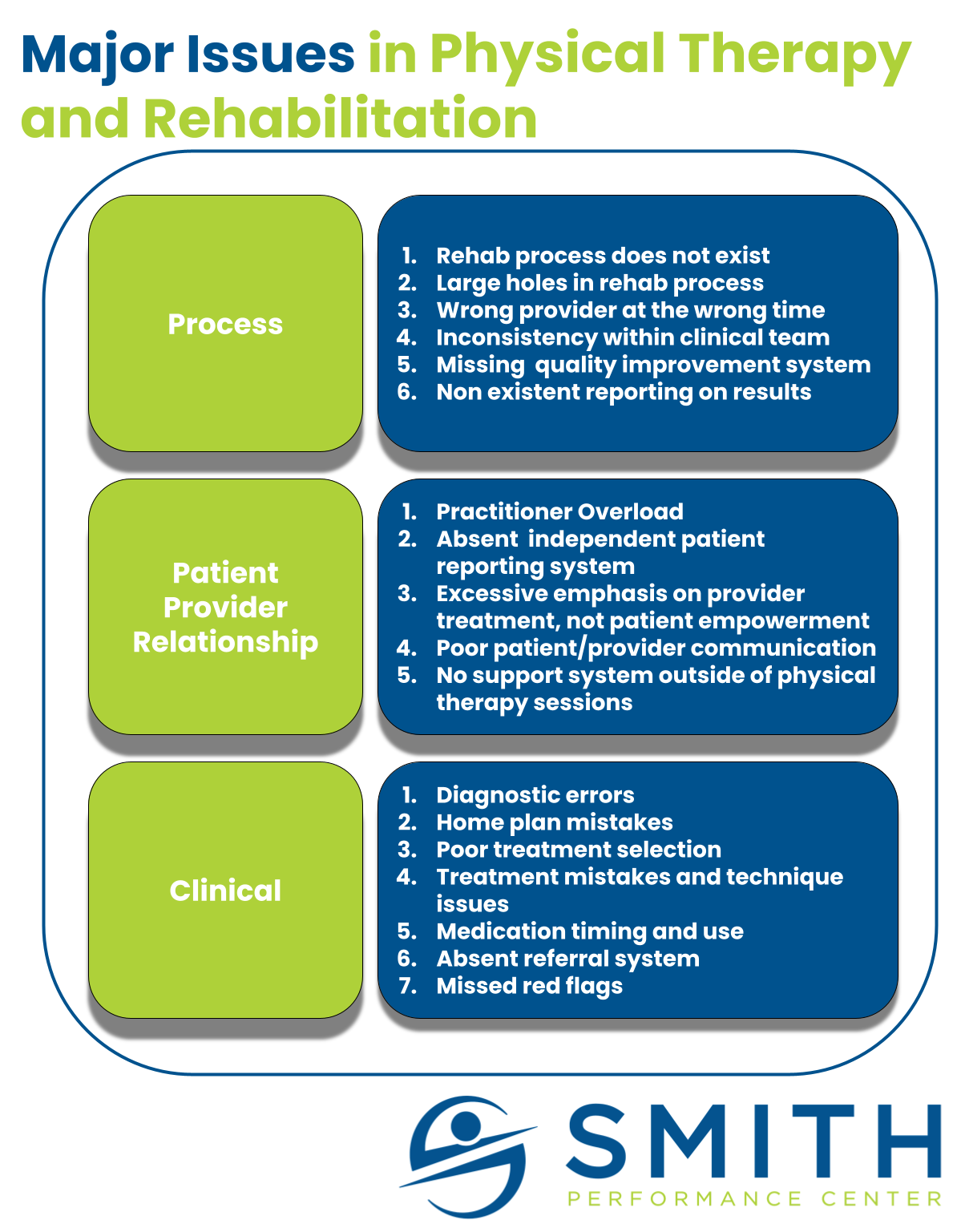
What are the 3 major issues in physical therapy and exercise?
Physical therapy quality is highly inconsistent between clinicians, clinics, and companies. Numerous factors play into these discrepancies, including clinical process, management structure, payment models, clinician-patient time, use of assistants, patient load, clinician training, and business models. These issues often culminate in underwhelming rehabilitation outcomes for clients. When embarking on a rehab journey, most patients don’t anticipate these issues. As Sarah Smith, PT, DPT, and co-founder of Smith Performance Center, observes: “Many patients don’t know where to start their rehab journey, and physical therapy is often not their first choice.” Choosing a clinic that treats 25 patients daily with heavy use of assistants is vastly different from one that sees six patients daily with dedicated one-on-one time. Blending the art and the science of physical therapy
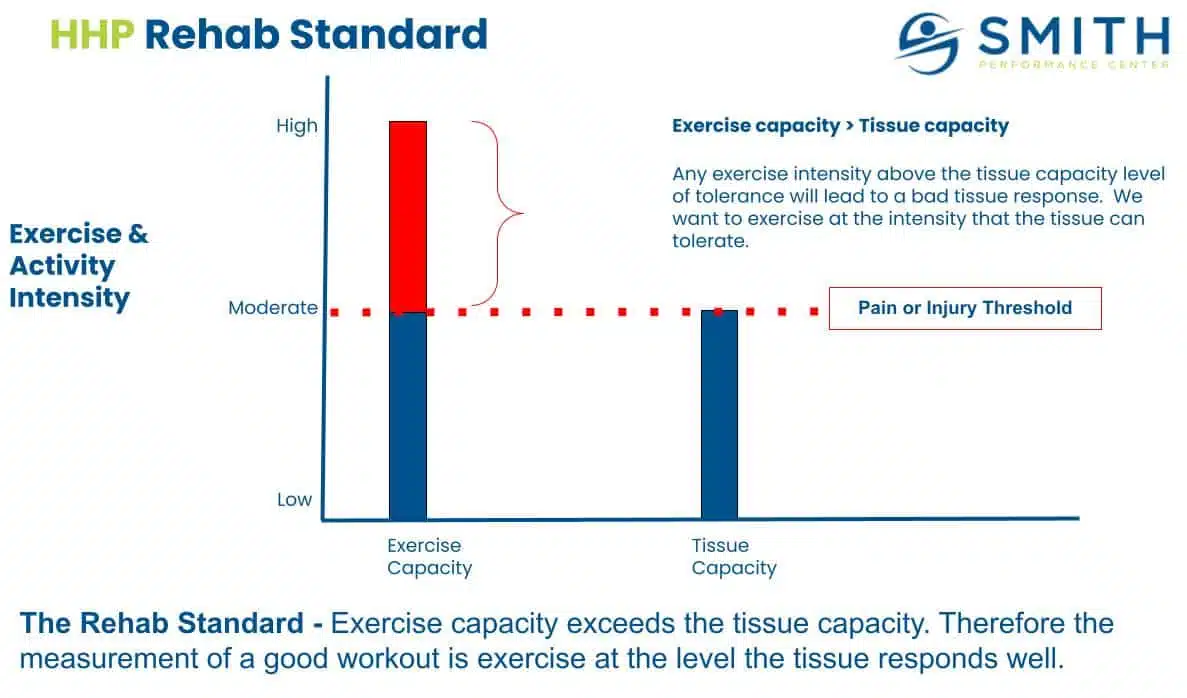
The 5 Most Useful Tools for Progressing Your Workouts After an Injury
Too many fail in their effort to progress activity after an injury. You arrive at the gym feeling good but later in the day the low back soreness that has been feeling better comes back or the knee pain that seemed to be going away comes back with a vengeance after your second run. The regression happened even when the workout felt easy and pain-free at the time. Why is this happening? Why is this phase of rehab frustrating? It’s due to a fundamental mistake or what we call a violation of the rehab standard, which is training at exercise capacity, not tissue capacity. When individuals make this mistake, they start telling themselves stories like ‘I am getting too old,’ or ‘I guess I need

The 4 Unique Training Variables Used By Our Team To Improve Workout Success
Creating a single, hard workout is easy. Creating a series of workouts that improve your overall fitness is not. Creating a true program that builds your skill set, builds your confidence, and adjusts for soreness or an emerging injury is extremely difficult. In the same vein, it is not hard to develop a physical therapy exercise list that targets a single problem, like glute inhibition. It is much harder to progress post-injury using strength training when we need to push the edge of the tissue capacity. Programming a workout needs to consider numerous, modifiable variables. Remember a modifiable variable is anything you can change in the workout to optimize the training session and the overall programming scheme. At a minimum, you need to consider intensity,

Total Knee Case Study: Why You Need A Structured Rehab Process
A structured rehab process that ultimately targets a full return to activity is missing in healthcare. Patients struggling with pain are treated as if they are all the same. We believe there are common, big problems to address, but there is a high degree of uncertainty with every patient presentation. Even when a patient has the same diagnosis they can have different triggers, different contributing factors, different behaviors, and drastically different needs in the rehab process. This is true when patients have the same surgery by the same surgeon. Let me use an example with a straightforward rehab plan; post-total knee replacement. The Painful Total Knee Replacement Peter Pain had a total knee replacement. He has always been active and handles pain well but this

The 5 Common Modifiable Variables For Programming A Great Workout and Program
There are numerous modifiable variables in an exercise program that you can use to improve your workout experience, increase effectiveness, and make the workout more fun. A Modifiable Variable is anything you can manipulate in a workout program (which is literally everything) to change the challenge. It includes exercise choice, movement patterns, exercise pool, alternative exercises available, sets, reps, intensity, rest breaks, prep exercises, warm-up, exercise order, recovery activity, support exercises based on body response, and workout frequency. Our Team believes the most important initial modifiable variable is exercise choice, which is often not used well. This is one of the reasons we start with a movement assessment. But all of these variables are important and have a huge impact on your experience and the

When and where you feel foot pain during walking is key for diagnosis
When and where you experience foot pain during walking is diagnostic. This means we can figure out the pain generator. That is a large list. It can be the fat pad, your fascia (the most common, incorrect diagnosis), plantar intrinsics (muscles on the bottom of the foot which is primarily the flexor digitorum brevis, abductor hallucis, and abductor digiti minimi), the flexor hallucis longus, the tibial nerve, the medial or lateral plantar nerve, the calcaneus, the talus, the bones of the midfoot and forefoot, the foot and ankle joints, ligaments, the hallux (big toe), or the little toes. It does not include referral into the foot from your low back or hip. With the foot, we know when the different structures that can cause pain

What are the 3 major issues in physical therapy and exercise?
Physical therapy quality is highly inconsistent between clinicians, clinics, and companies. Numerous factors play into these discrepancies, including clinical process, management structure, payment models, clinician-patient time, use of assistants, patient load, clinician training, and business models. These issues often culminate in underwhelming rehabilitation outcomes for clients. When embarking on a rehab journey, most patients don’t anticipate these issues. As Sarah Smith, PT, DPT, and co-founder of Smith Performance Center, observes: “Many patients don’t know where to start their rehab journey, and physical therapy is often not their first choice.” Choosing a clinic that treats 25 patients daily with heavy use of assistants is vastly different from one that sees six patients daily with dedicated one-on-one time. Blending the art and the science of physical therapy

The 5 Most Useful Tools for Progressing Your Workouts After an Injury
Too many fail in their effort to progress activity after an injury. You arrive at the gym feeling good but later in the day the low back soreness that has been feeling better comes back or the knee pain that seemed to be going away comes back with a vengeance after your second run. The regression happened even when the workout felt easy and pain-free at the time. Why is this happening? Why is this phase of rehab frustrating? It’s due to a fundamental mistake or what we call a violation of the rehab standard, which is training at exercise capacity, not tissue capacity. When individuals make this mistake, they start telling themselves stories like ‘I am getting too old,’ or ‘I guess I need




